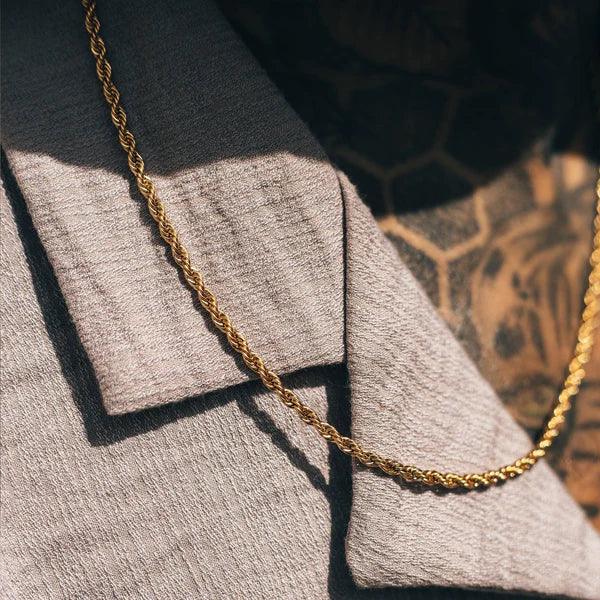
Identifying Fake Men's Real Gold Pendants
When you buy a gold pendant, you expect it to be the real deal. No one wants to spend money on something that turns out to be fake, especially when it’s supposed to be a long-term piece in your collection. Spotting a fake isn’t always easy, especially if you’re not used to checking for small details. That’s why it helps to know what to look for so you’re not caught off guard after it’s too late to return or exchange it.
The look and value of men's real gold pendants make them an easy target for knockoffs. Some counterfeits are obvious, but others can come pretty close to passing for the real thing. Whether you're shopping online from a trusted brand or buying from someone in person, it's smart to learn the basics. A few quick checks can help save you time, money, and frustration down the line.
Visual Inspection Techniques
Start with your eyes. The way a pendant looks can tell you a lot about its quality, and high-quality gold tends to have certain characteristics that fakes often miss. You don’t need special equipment for this part, just some good lighting and a little patience.
Here are a few things to look out for:
- Check for stamps or hallmarks. Real gold jewelry is usually marked with a stamp that shows its purity, such as "10K," "14K," "18K," or "24K." Sometimes you’ll see "417" or "750" instead, which are just different ways of showing the same thing based on parts per thousand. Be sure the stamp looks clean and is placed in a typical spot, like the back of a pendant or on the bail.
- Look at the color and shine. Real gold has a warm yellow tone and a certain glow that doesn’t look overly shiny or brassy. If the finish looks too bright or unnatural, it could be plated.
- Watch out for fading. If you notice spots where the gold color seems to be rubbing off, especially on the edges or grooves, you might be looking at gold-plated metal, not solid gold.
- Evaluate the craftsmanship. Authentic pieces are clean, smooth, and symmetrical. If something looks uneven, rough, or sloppy, it may not be real gold. Pay attention to the shape, clasps, and decorative detailing. Real gold pendants are usually well-made, even if they're small in size.
Even with great lighting, these clues can sometimes be easy to overlook. If you have a pendant and the look feels off, trust your instinct. It's often worth taking the time to do further tests or get a second opinion.
Physical Test Methods
Once you've done a visual check, some basic physical tests can give you a clearer picture of whether a gold pendant is genuine. You can do these at home with common items and they shouldn't damage the jewelry if done carefully.
Try these methods:
1. Magnet Test
Real gold isn’t magnetic. Grab a strong magnet, like one from an old speaker or a hardware store, and see if the pendant sticks. If it does, chances are it’s not real gold or it has magnetic metals mixed in. Just keep in mind some clasps may contain other metals, so test the body of the pendant, not the clasp.
2. Scratch Test
Gently run the pendant across a tile or unglazed ceramic plate. This isn’t likely to harm the piece if you're careful. Real gold will leave a faint gold mark, while fake gold usually leaves a black or gray streak. Only do this on an area that won’t be visible when worn.
3. Weight Check
Gold has a noticeable weight to it. Even a small piece feels heavier than it looks. If you’ve owned real gold before, you’ll notice how a fake often feels a bit off. For example, someone once compared a real and fake pendant side by side and said the fake one felt more like aluminum than a precious metal.
Each of these tests offers a clue. They may not give a complete answer, but they’re a great first step before taking your piece to a professional or deciding to keep it in your collection.
Professional Appraisal
If you're still unsure after visual and physical checks, taking your pendant to a professional jeweler is a wise move. A jeweler can provide expert insights that you might miss on your own. They typically examine the piece using specialized equipment and techniques for a more detailed analysis.
During an appraisal, a jeweler looks for several factors:
- Purity Indicators. Jewelers use tools like acid tests and electronic gold testers to confirm gold purity, which is difficult to fake accurately.
- Craftsmanship Evaluation. They assess the metalwork and design details that indicate quality manufacturing. Fine, detailed engravings and consistent texture are signs of authenticity.
- Weight and Density Check. Since gold has a distinct density, jewelers measure and compare these factors to confirm the authenticity and value.
Getting a certificate of authenticity from a trusted jeweler can be a valuable addition to your jewelry collection. It documents your pendant’s details and gives you peace of mind about your investment.
Common Red Flags
Even if a pendant passes initial tests, certain red flags might still indicate it's not genuine. Recognizing these warning signs early helps you avoid fake purchases and misleading advertising.
Some red flags include:
- Poor Quality Engravings. Low-quality engravings or broken patterns point to lesser craftsmanship, which is common in counterfeit pieces.
- Weight Discrepancies. Weigh the pendant. If it feels too light for its size, it might be made from non-gold materials, which means it's likely plated or fake.
- Unusual Pricing. If the price seems far lower than normal market rates, be alert. It’s like seeing a high-end designer jacket being sold for the cost of a basic tee. Something's probably off.
Deals that look too good, especially from sellers that don’t provide proper documentation, often come with risks. Trustworthy retailers are more transparent about what they’re selling.
Ensuring Your Gold Investment's Longevity
Once you’re sure that your pendant is real, the next step is taking care of it so it keeps looking great and holds its value. Gold is sturdy, but that doesn’t mean it’s maintenance-free.
Here’s how to take care of your gold pendant:
- Regular Cleaning. Clean the pendant now and then with a soft cloth and a gentle soap solution. Stay away from chemicals that can dull its shine.
- Proper Storage. Store each gold item on its own, ideally in a pouch or sectioned jewelry box. This helps avoid scratches and damage from other pieces.
- Professional Maintenance. Once in a while, let a jeweler inspect the pendant. They can catch small issues early, like loose parts, scuffs, or settings that need adjustment.
Treat your gold pendant well and it’ll stay with you for the long run, both as a style piece and a smart investment.
Why Being Sure Pays Off
Knowing how to spot a real gold pendant isn’t just about avoiding scams. It’s about making sure what you get matches the value you’re paying for. Whether you’re buying for yourself or as a gift, understanding key signs helps you feel more confident at the time of purchase.
From spotting stamps to doing simple home tests or seeking out a professional opinion, every step you take makes a difference. And once you’re sure of what you have, caring for your gold continues to protect your investment.
The more aware you are, the easier it is to enjoy real gold pendants with both pride and peace of mind.
To explore a range of high-quality options and secure an investment you can trust, take a look at Hommes Oro's collection of men's real gold pendants. Let your next pendant be a showcase of authenticity and enduring style.
Best Sellers









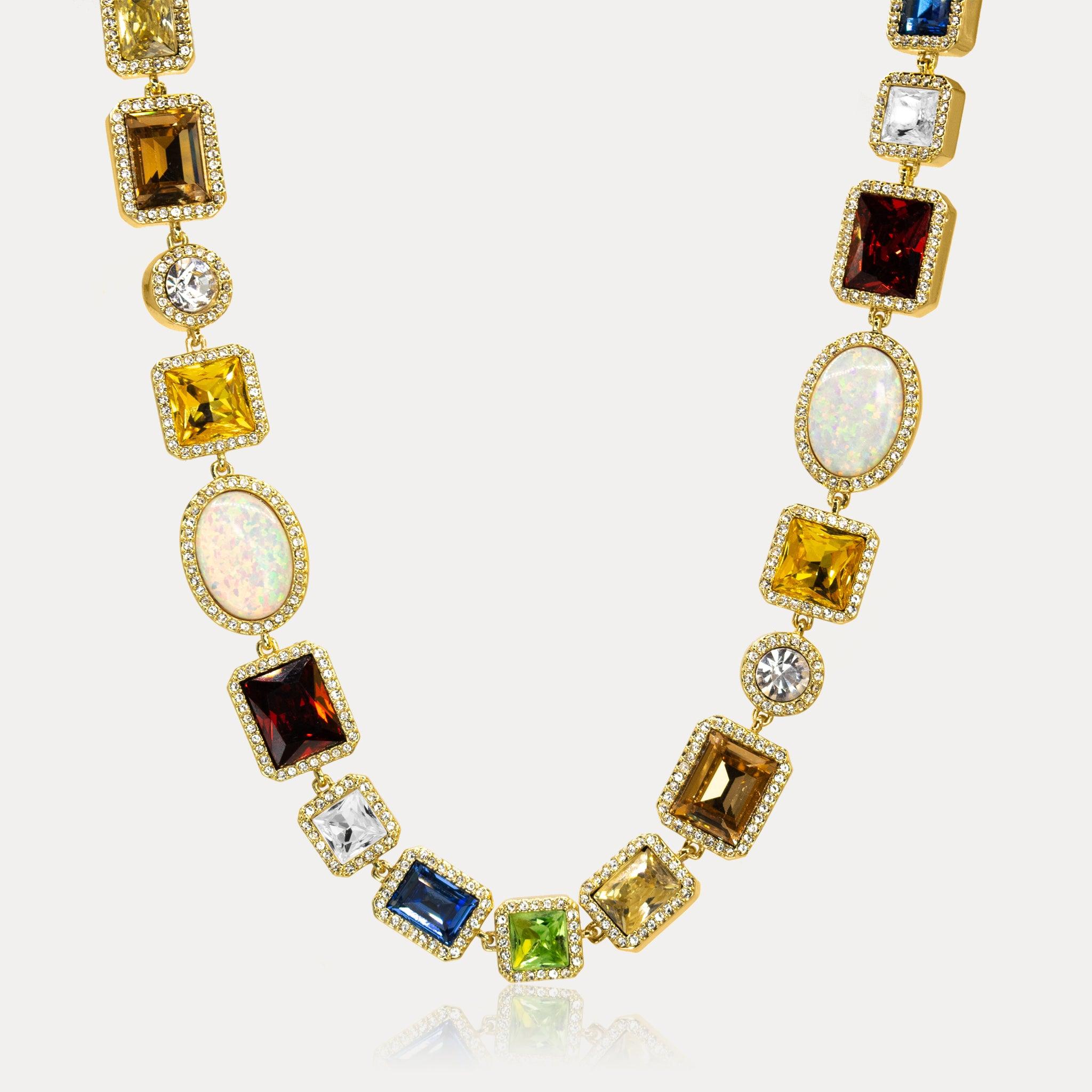
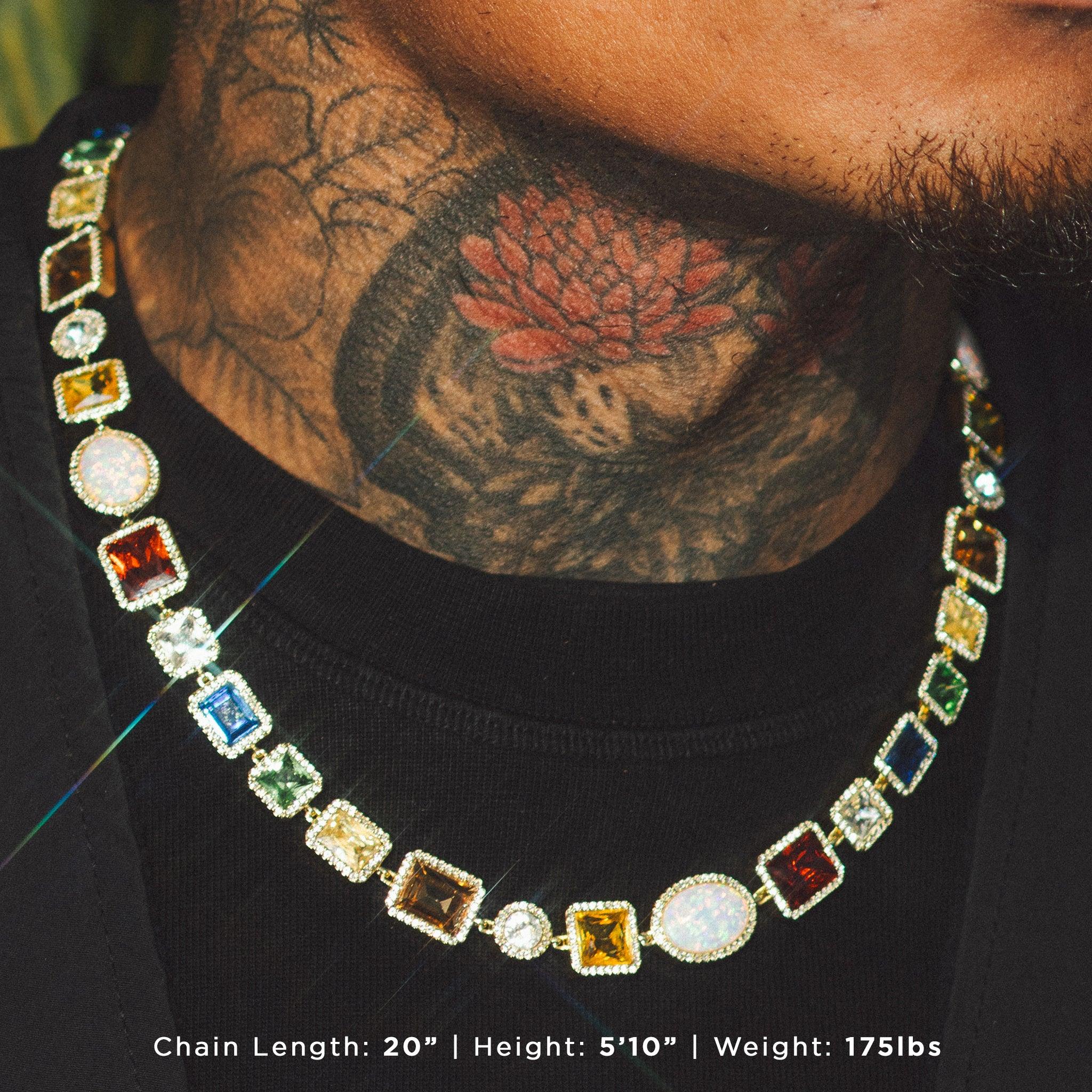
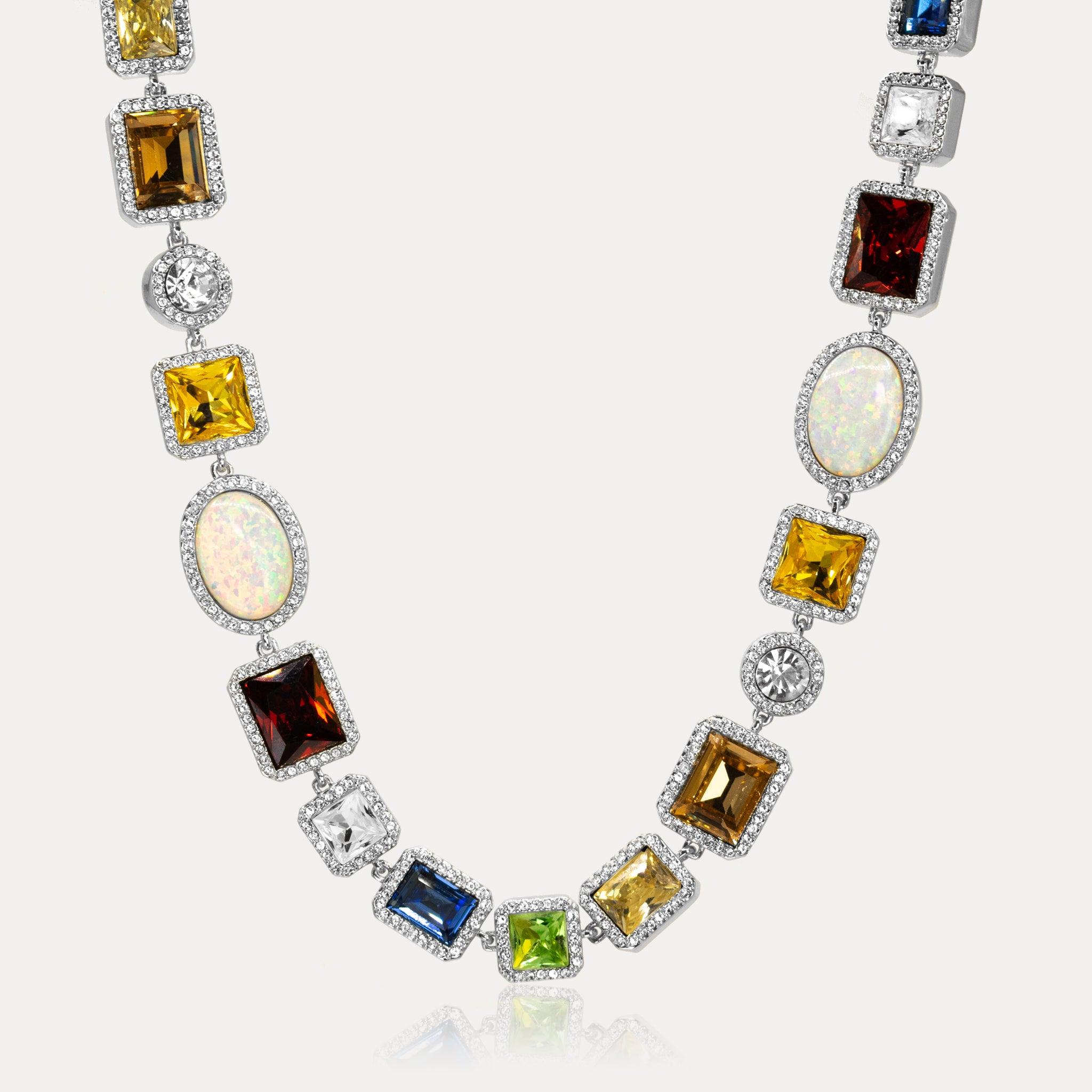
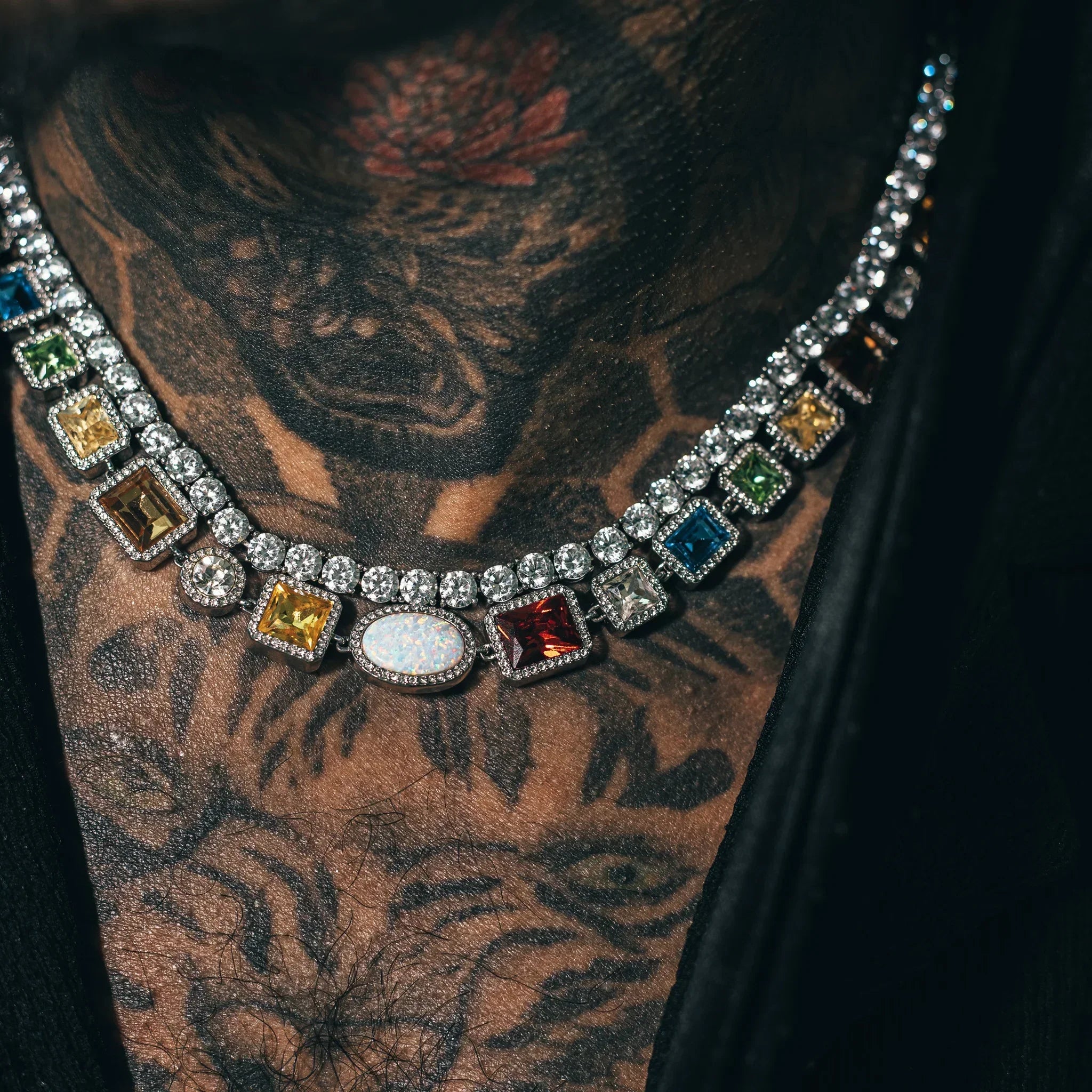
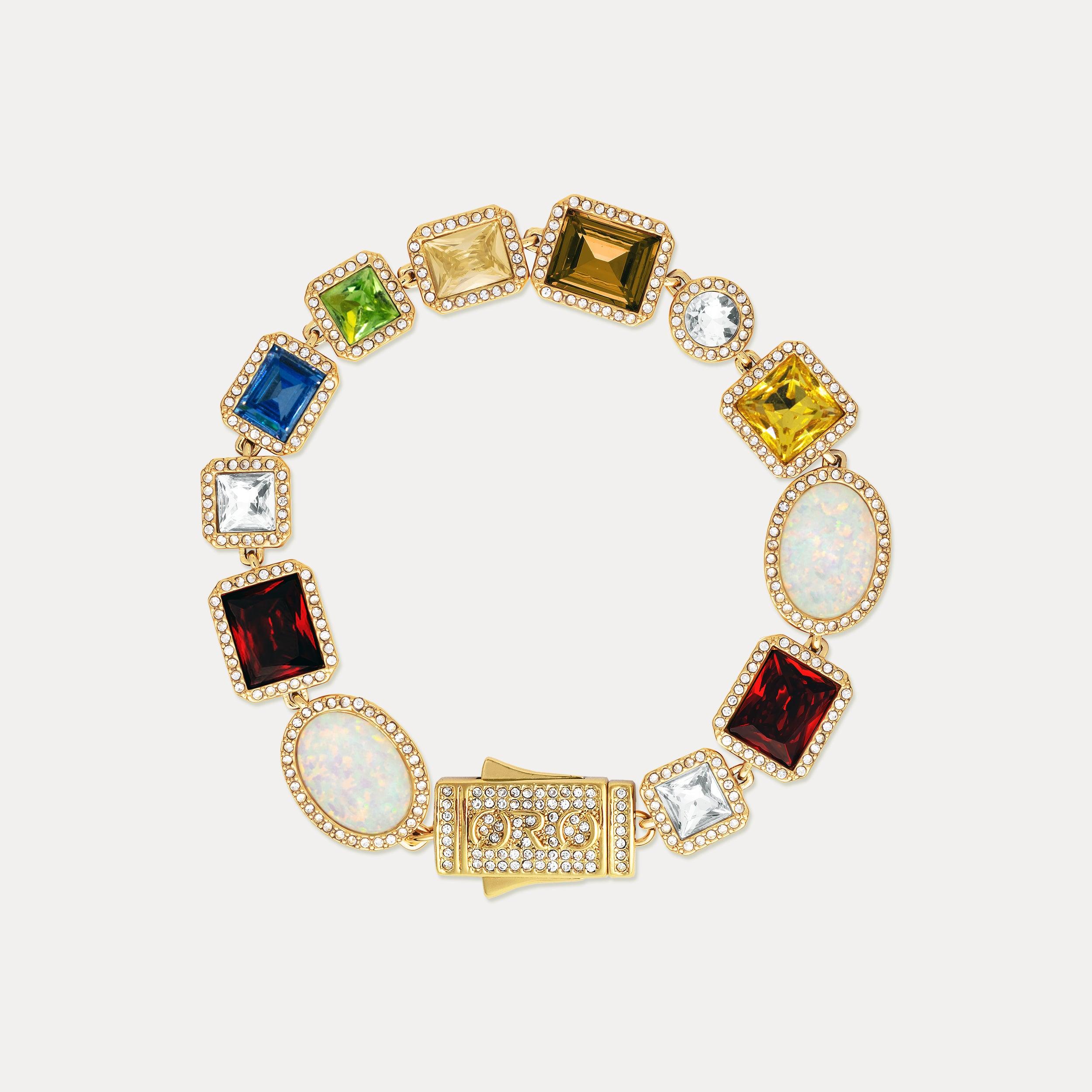
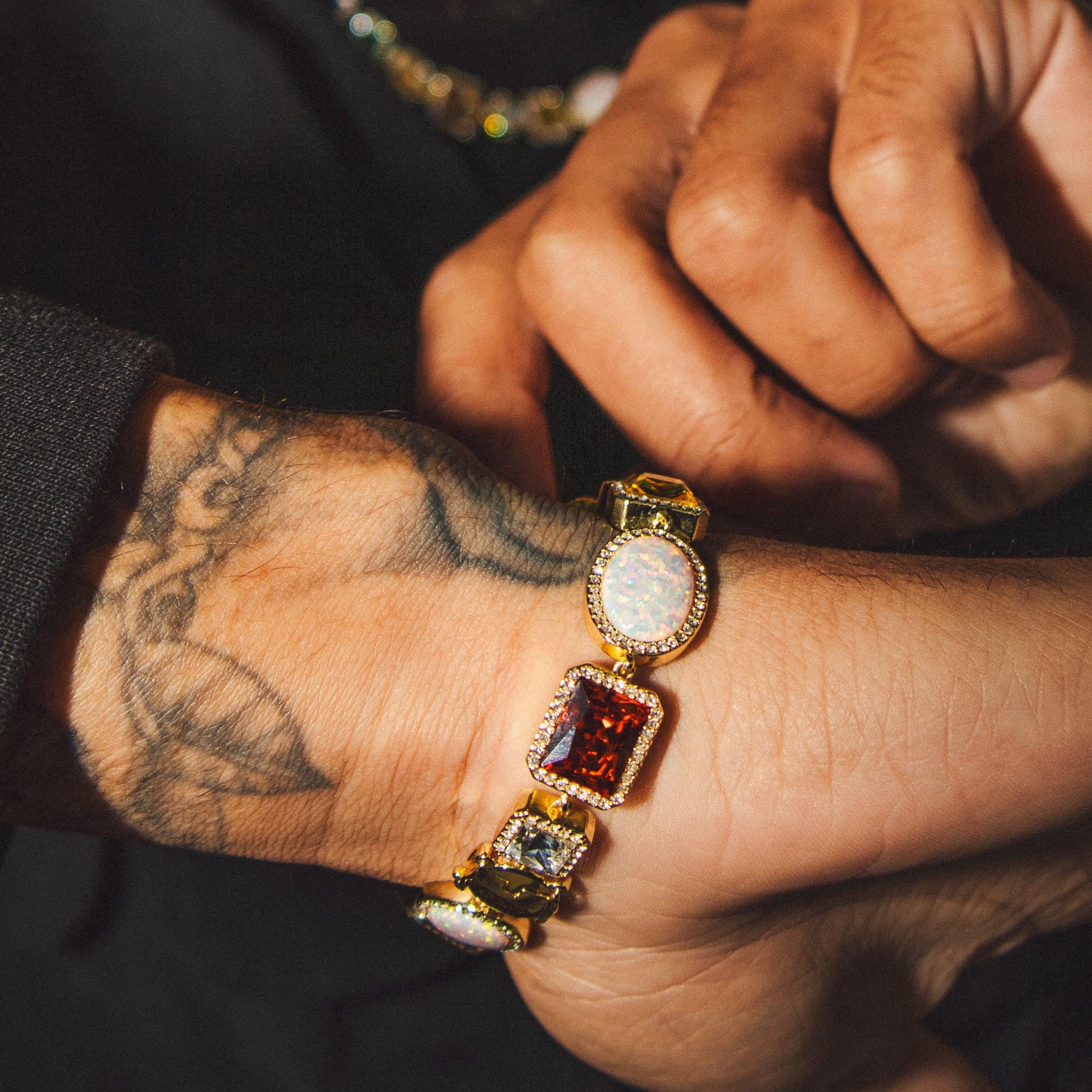
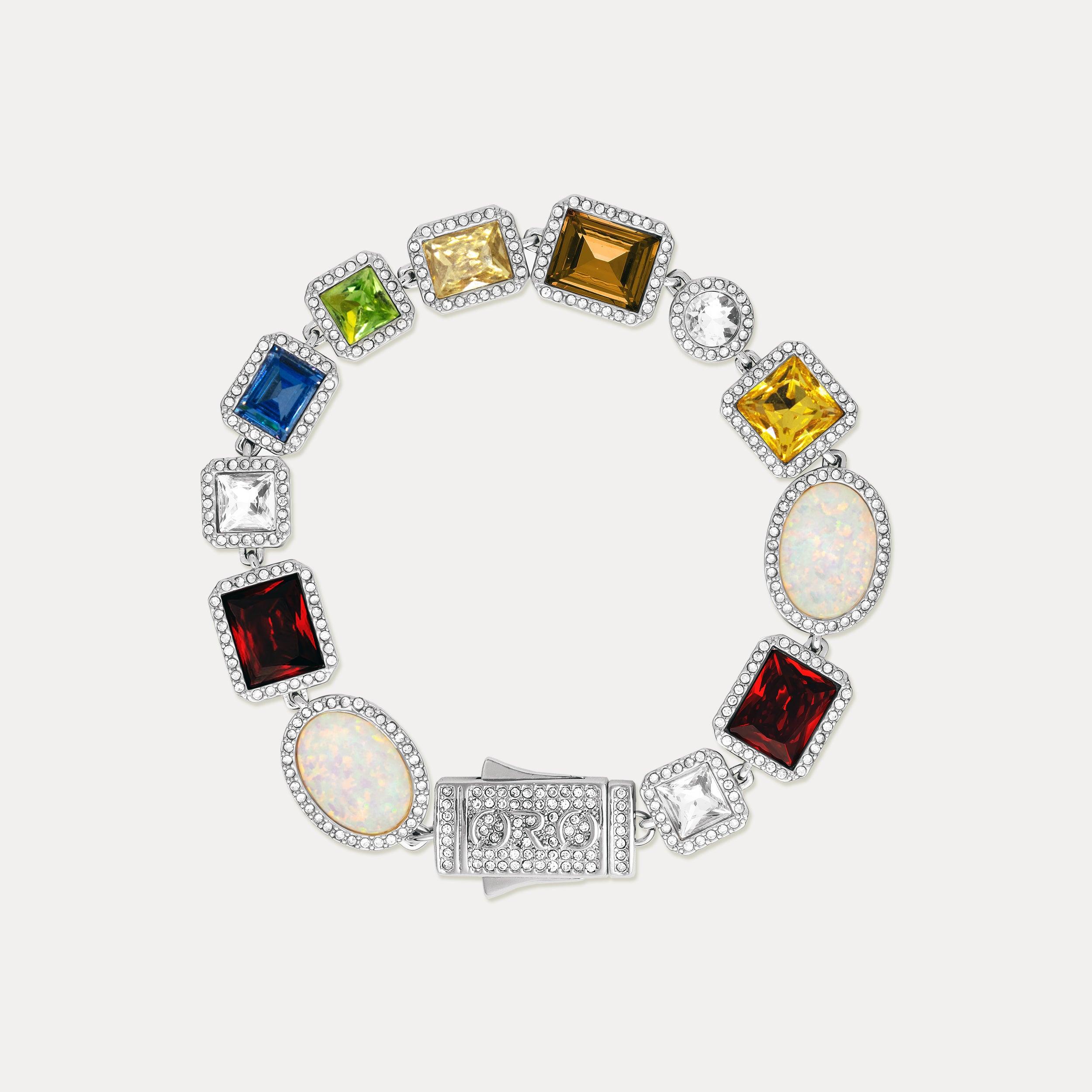
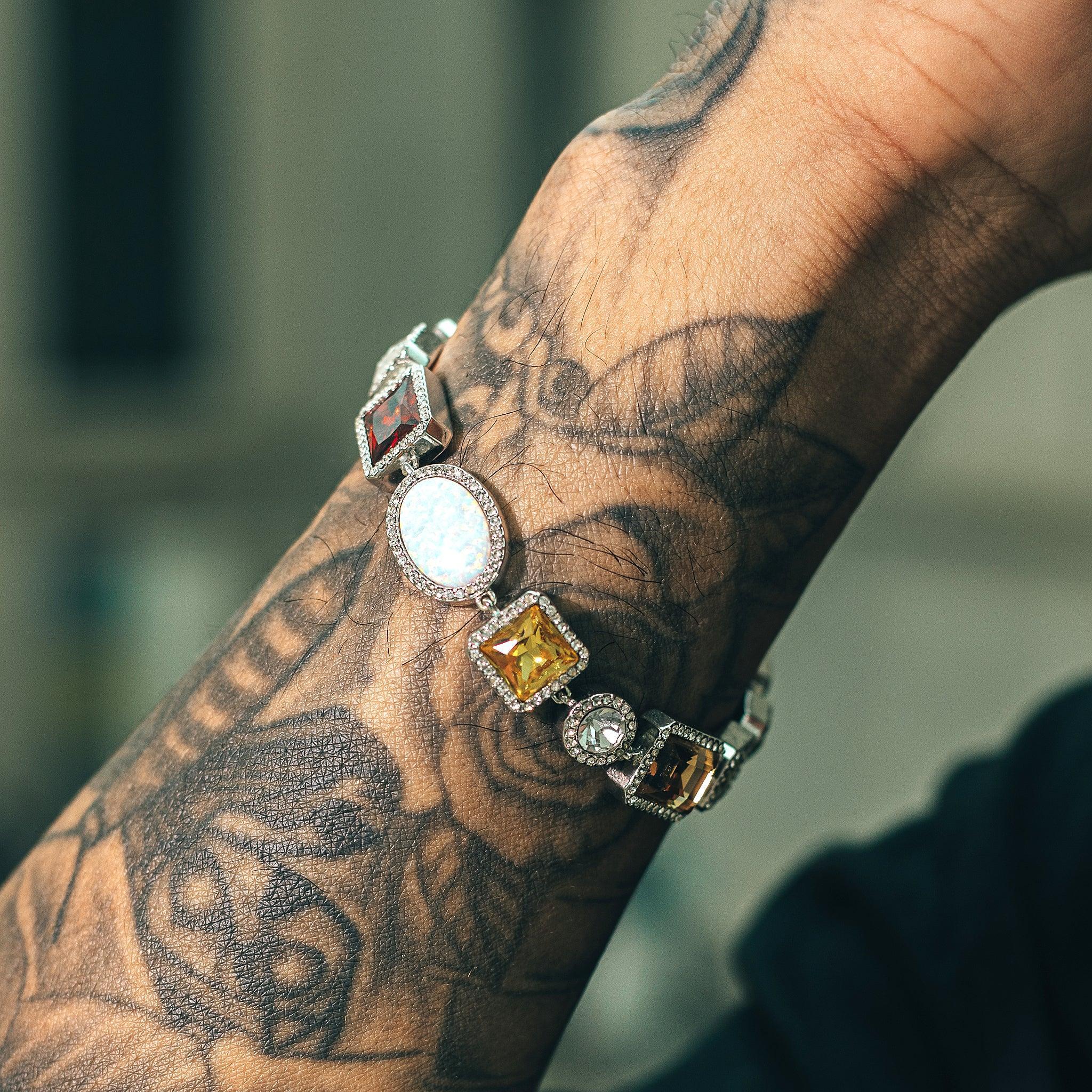
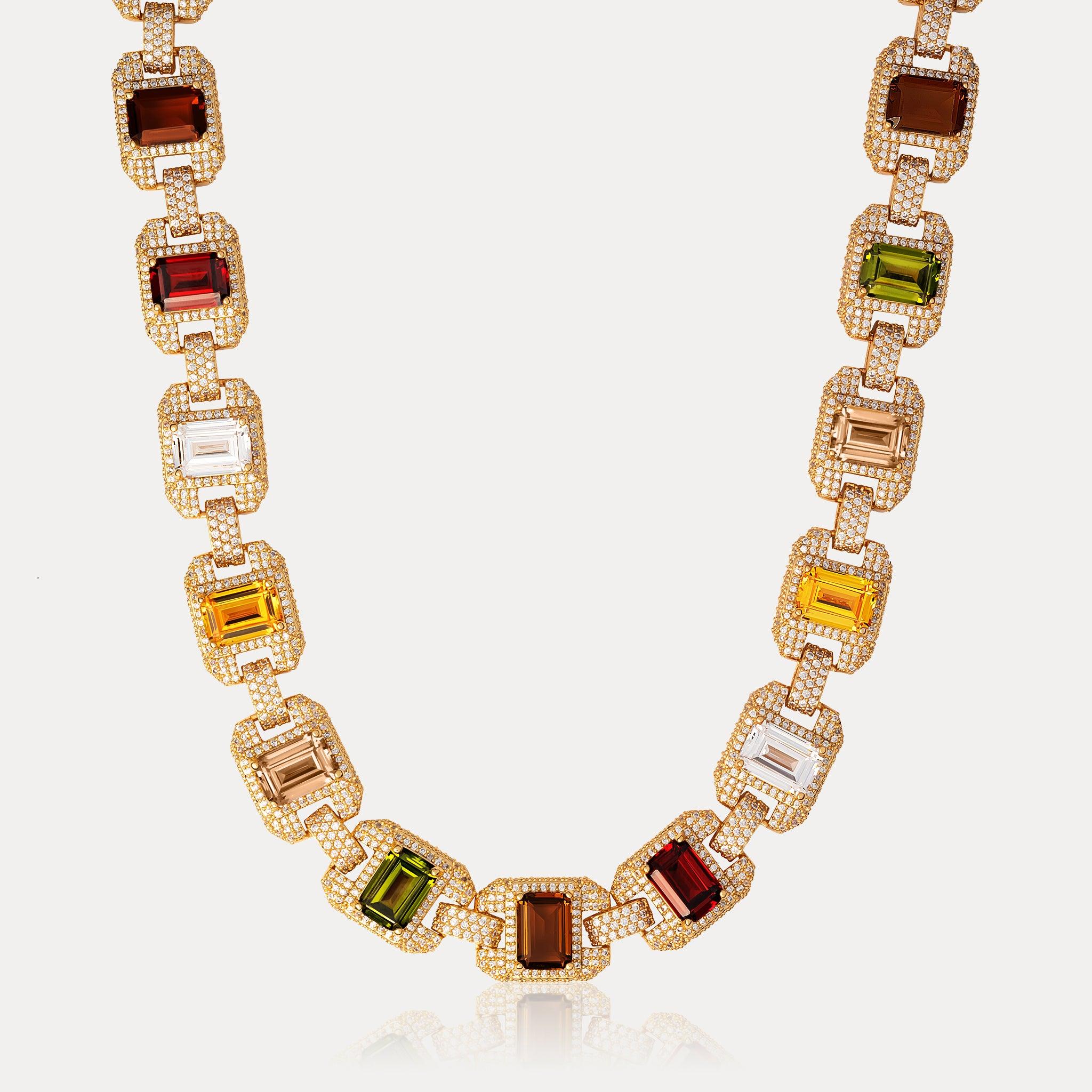
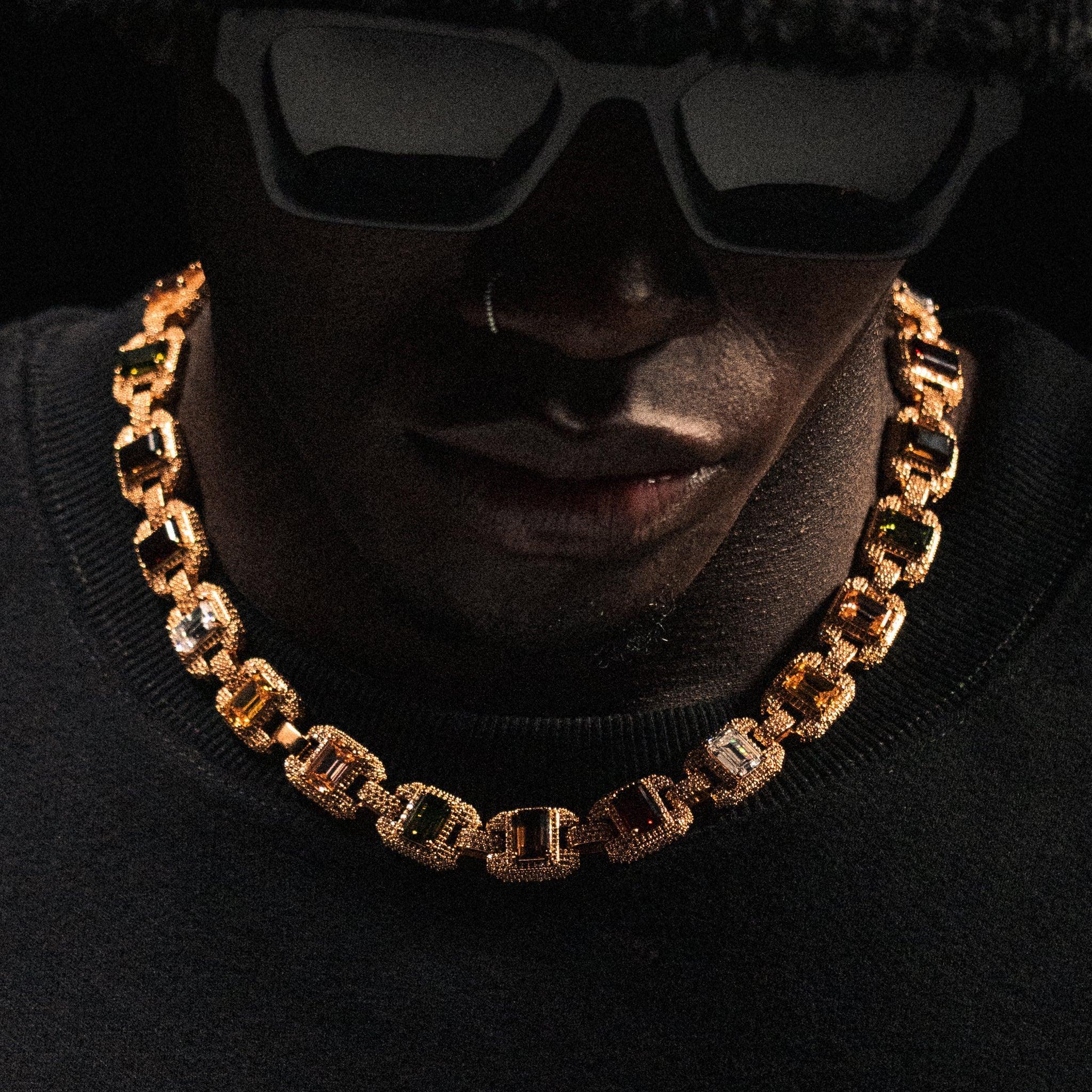


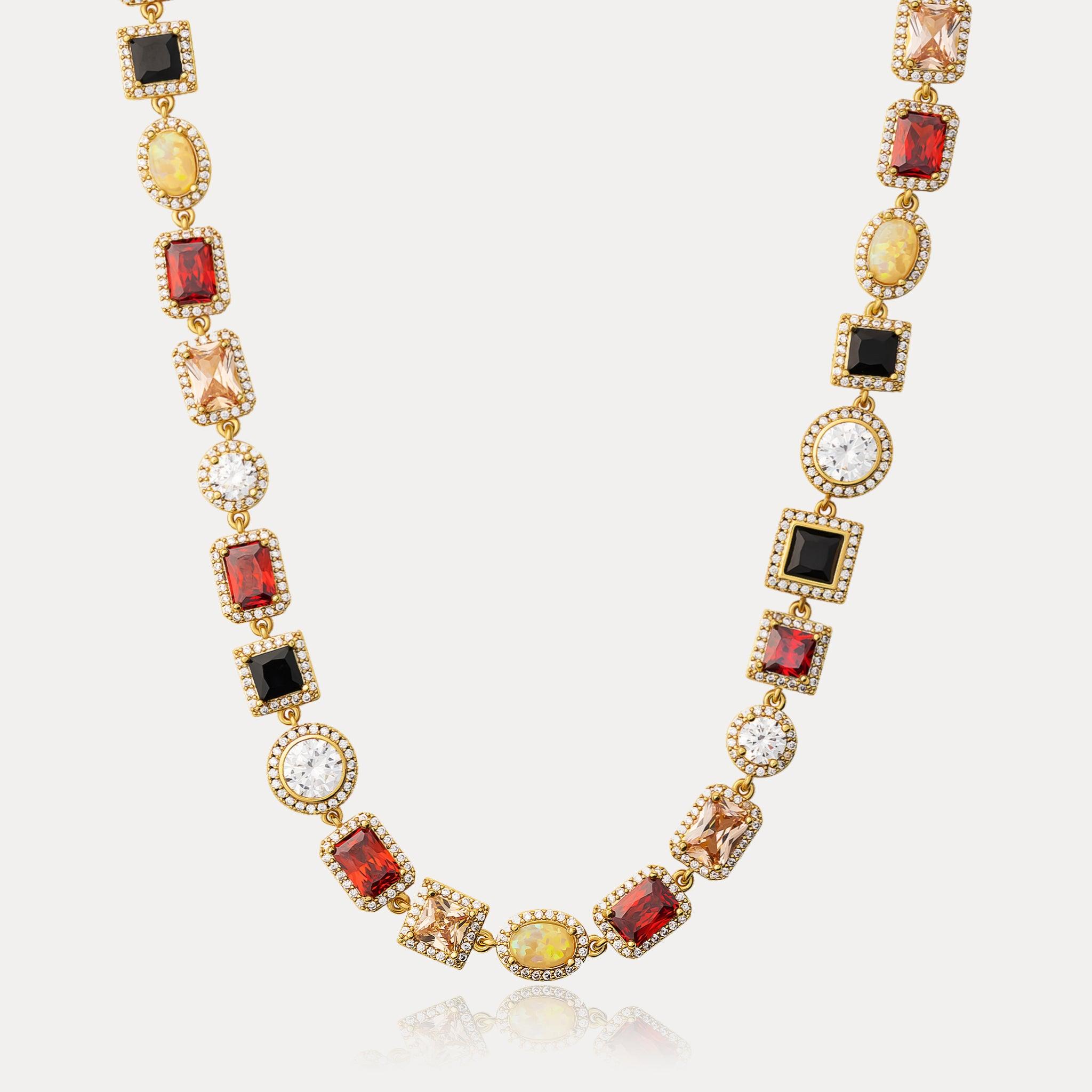

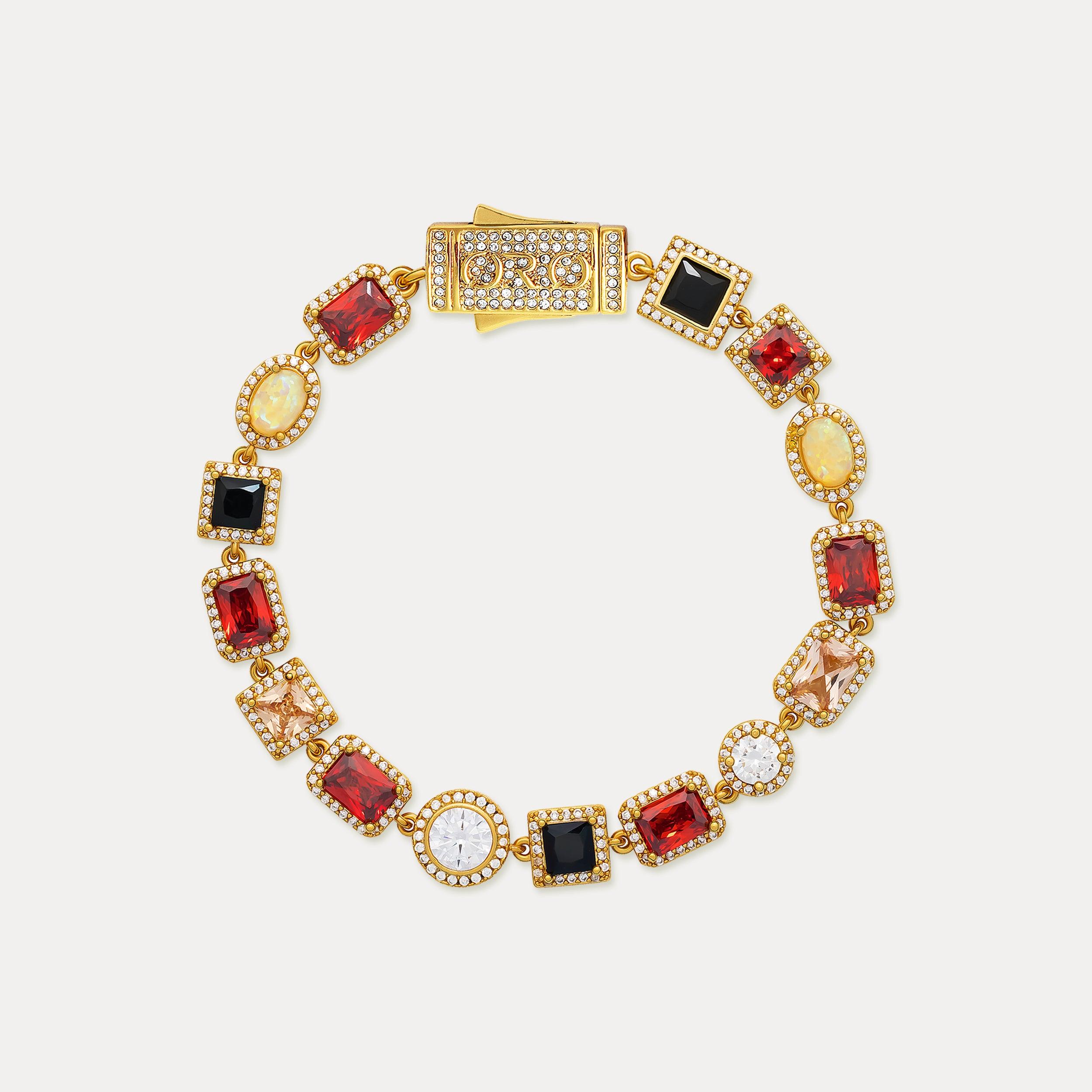
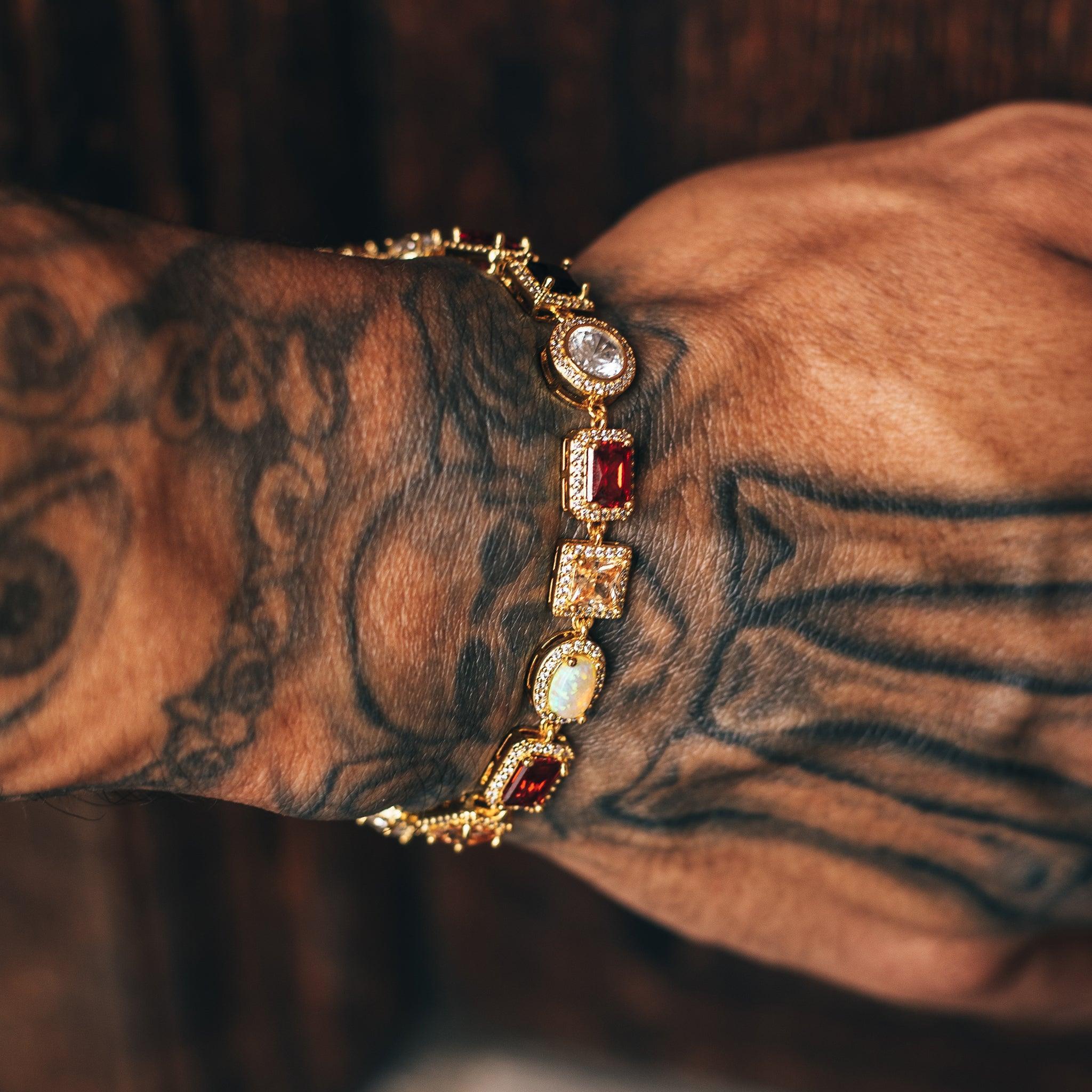
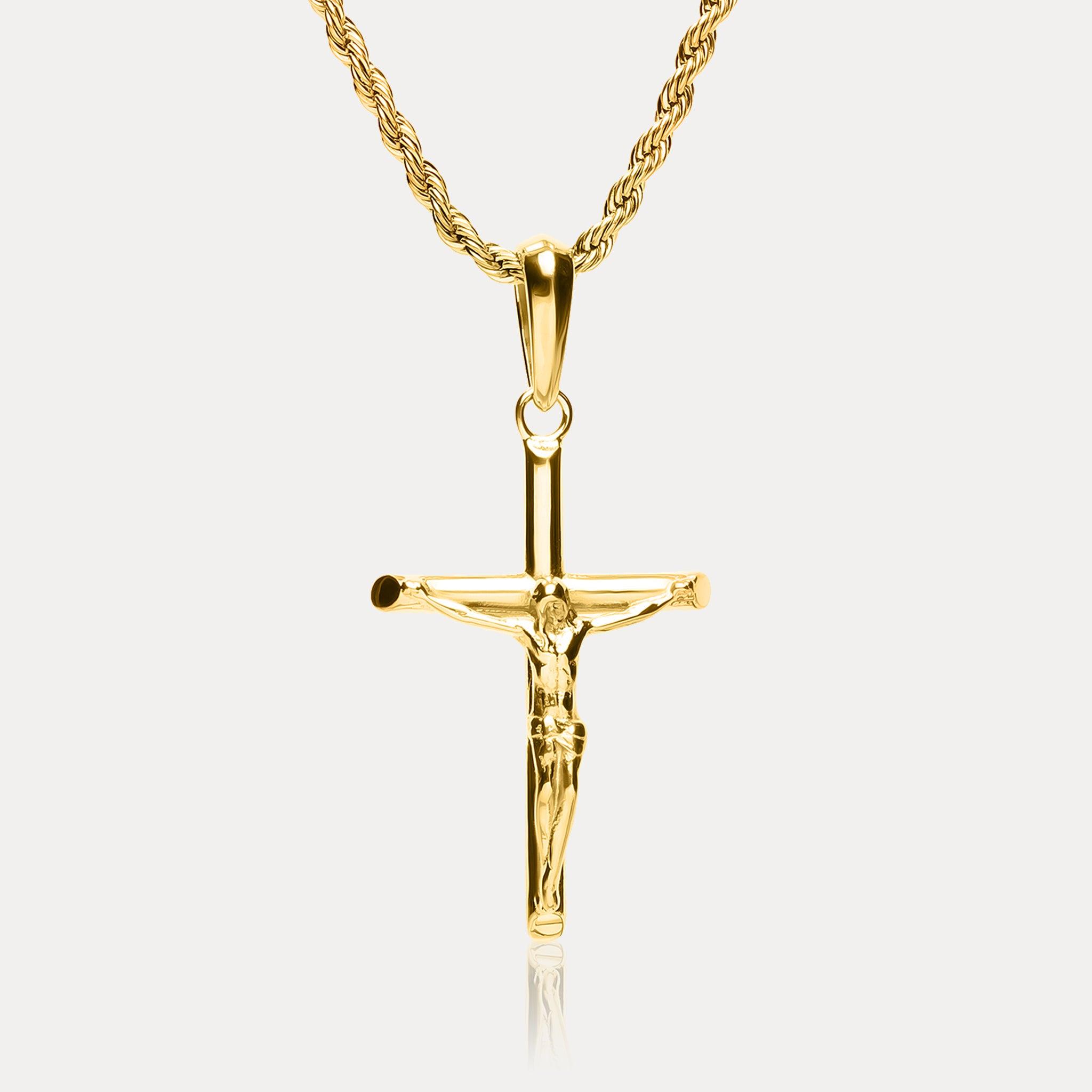

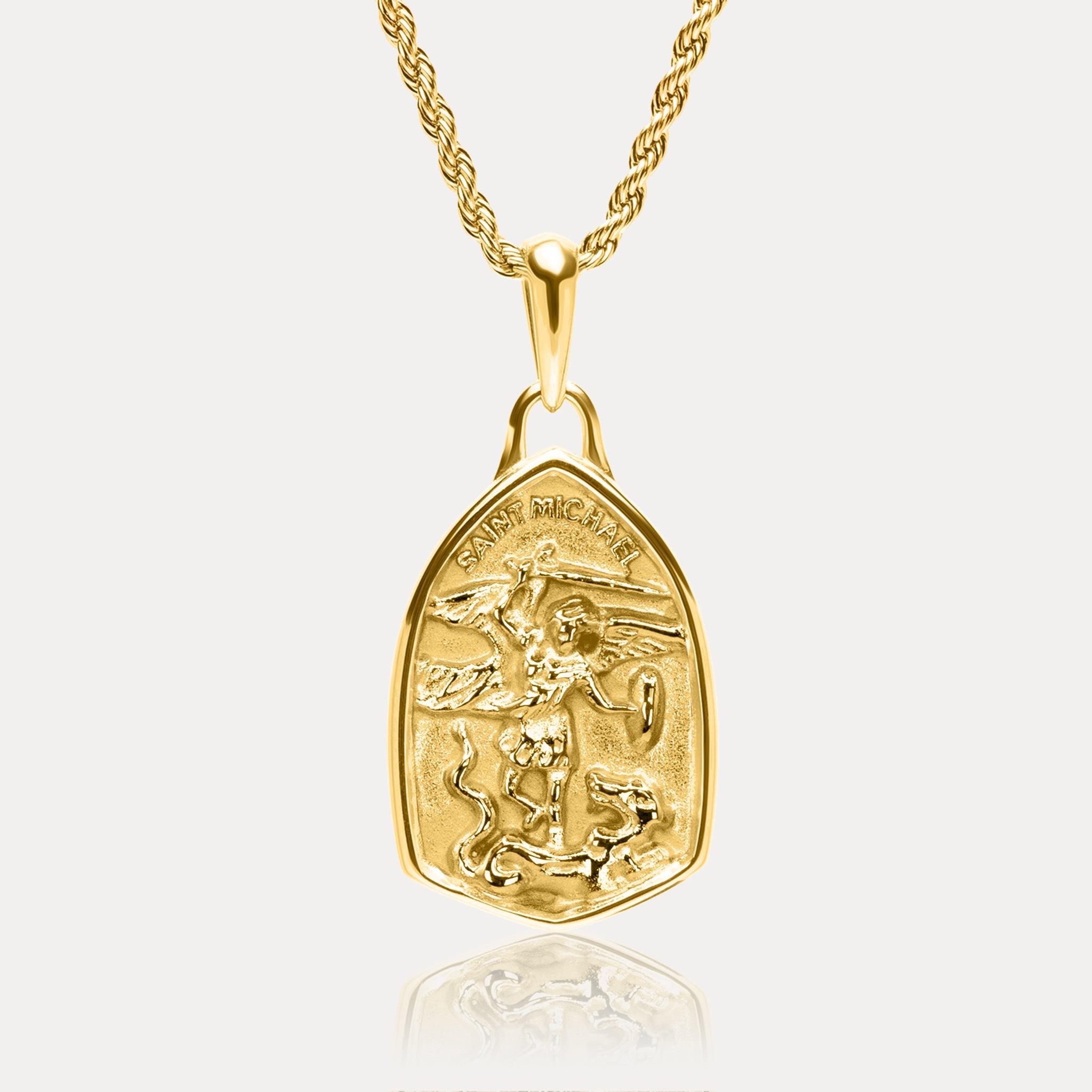
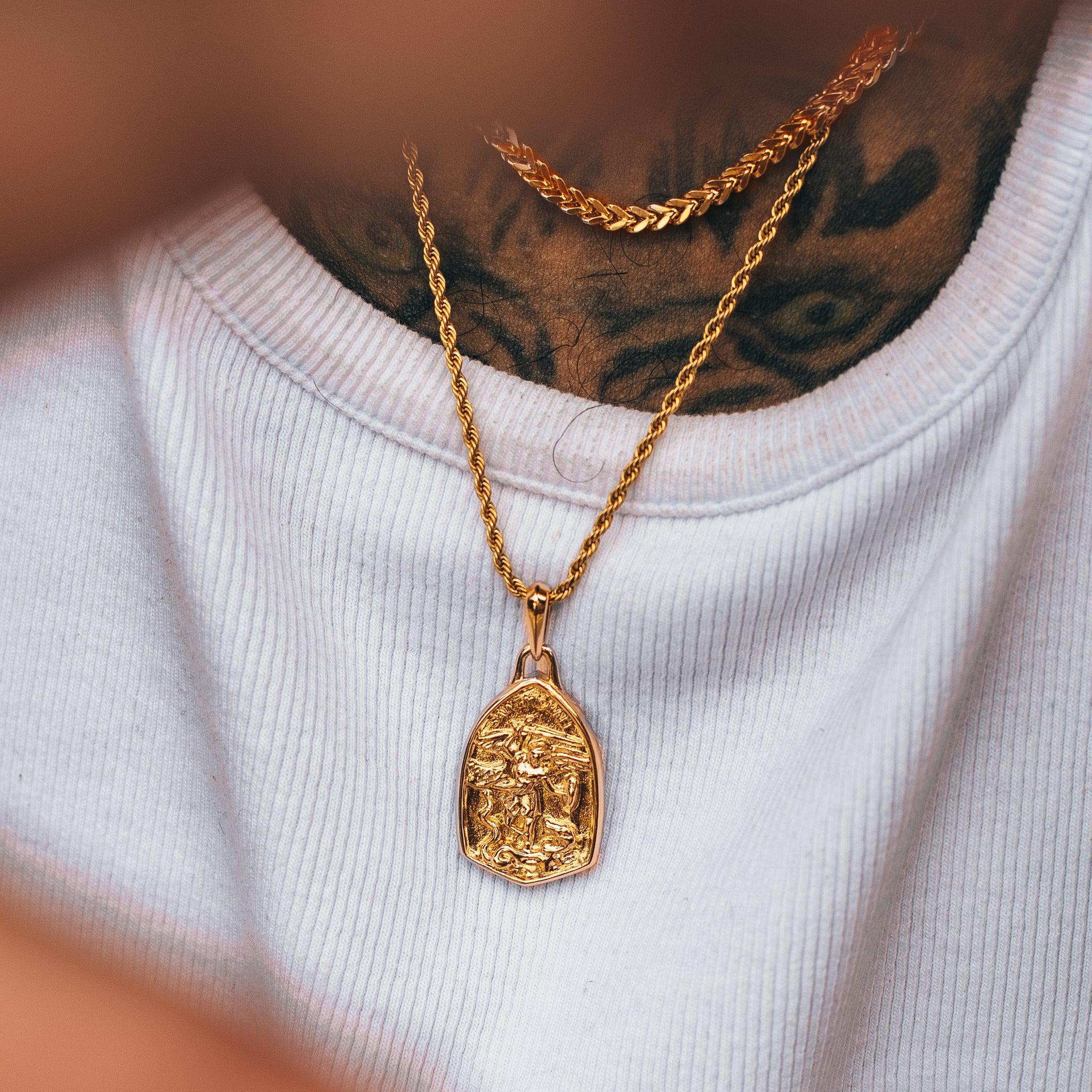




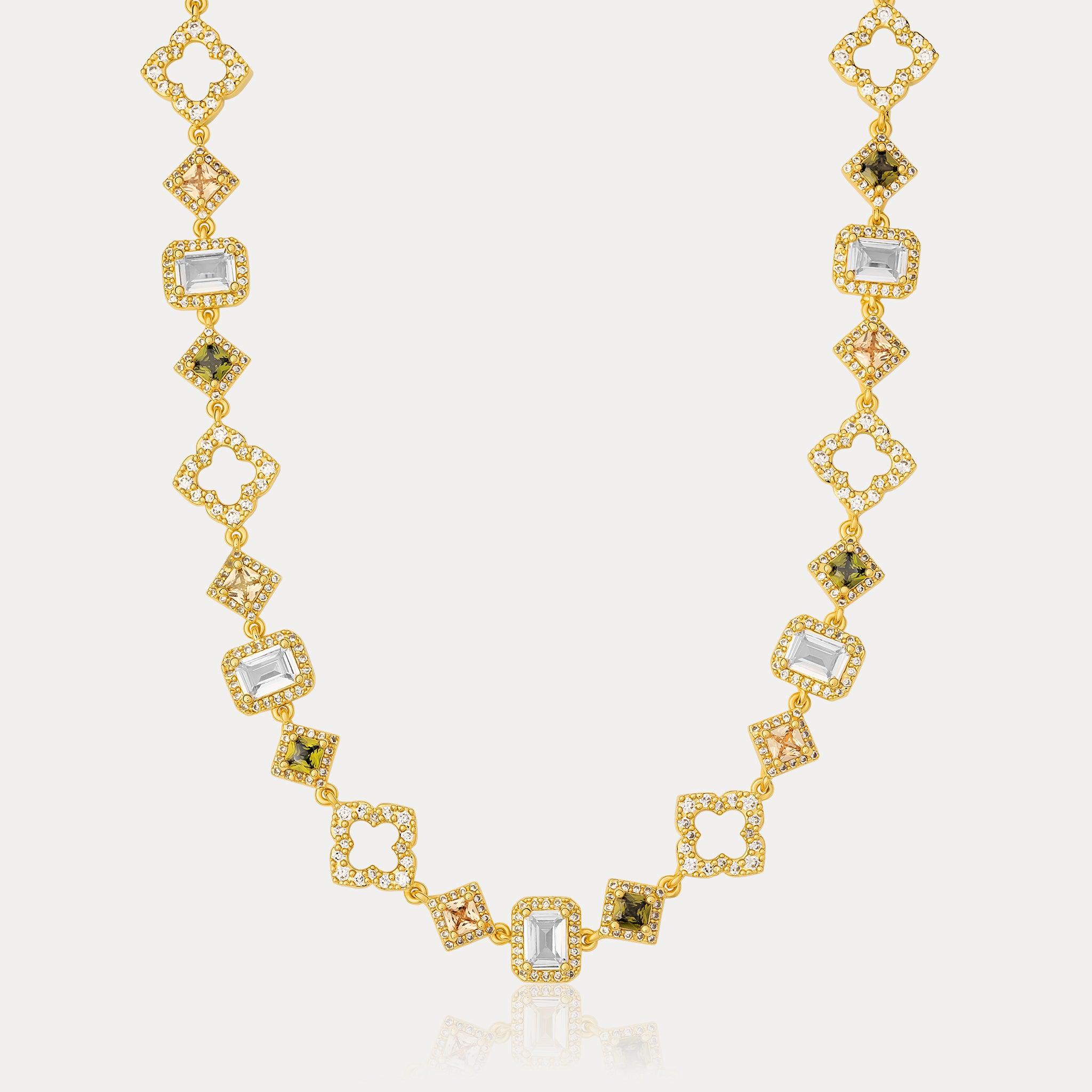
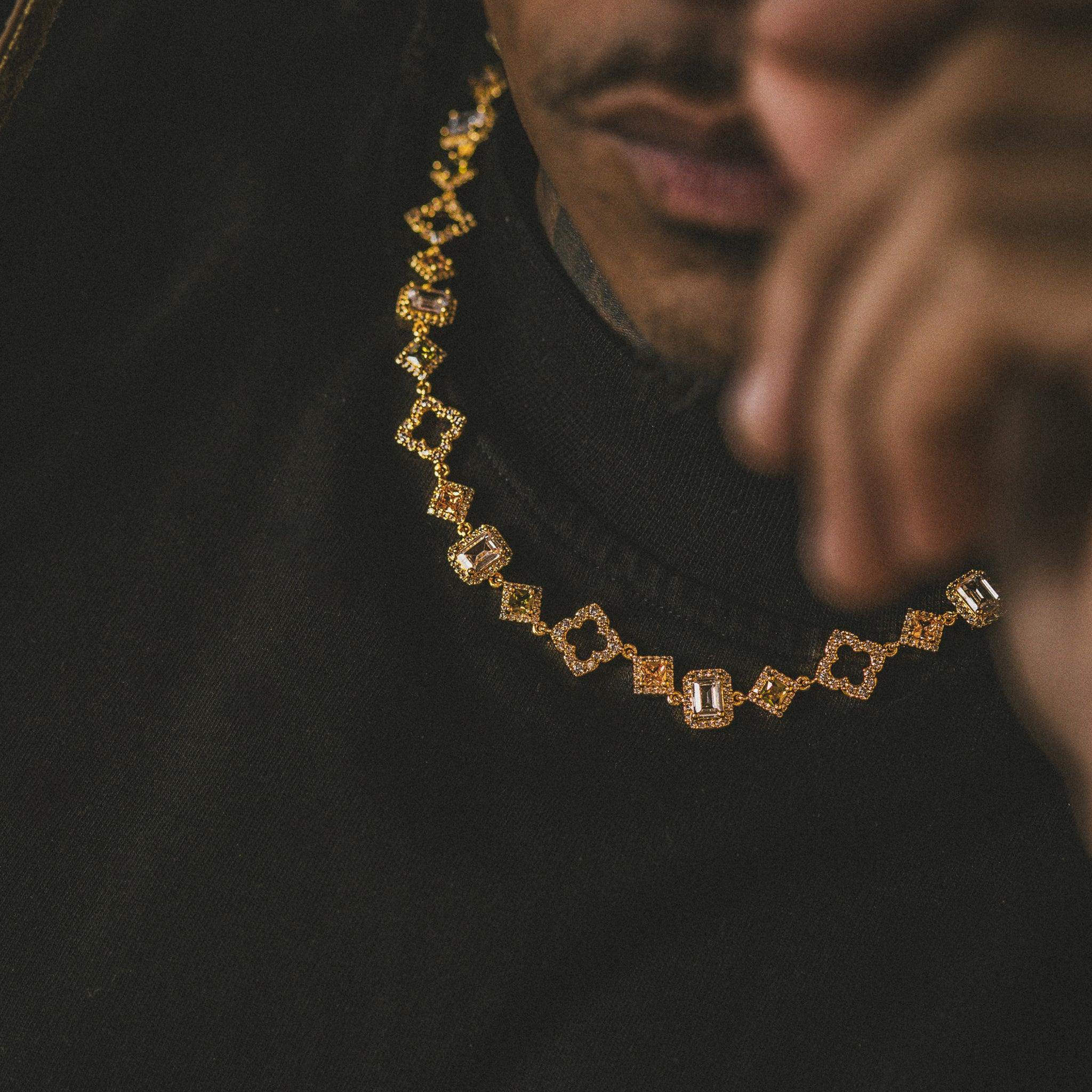
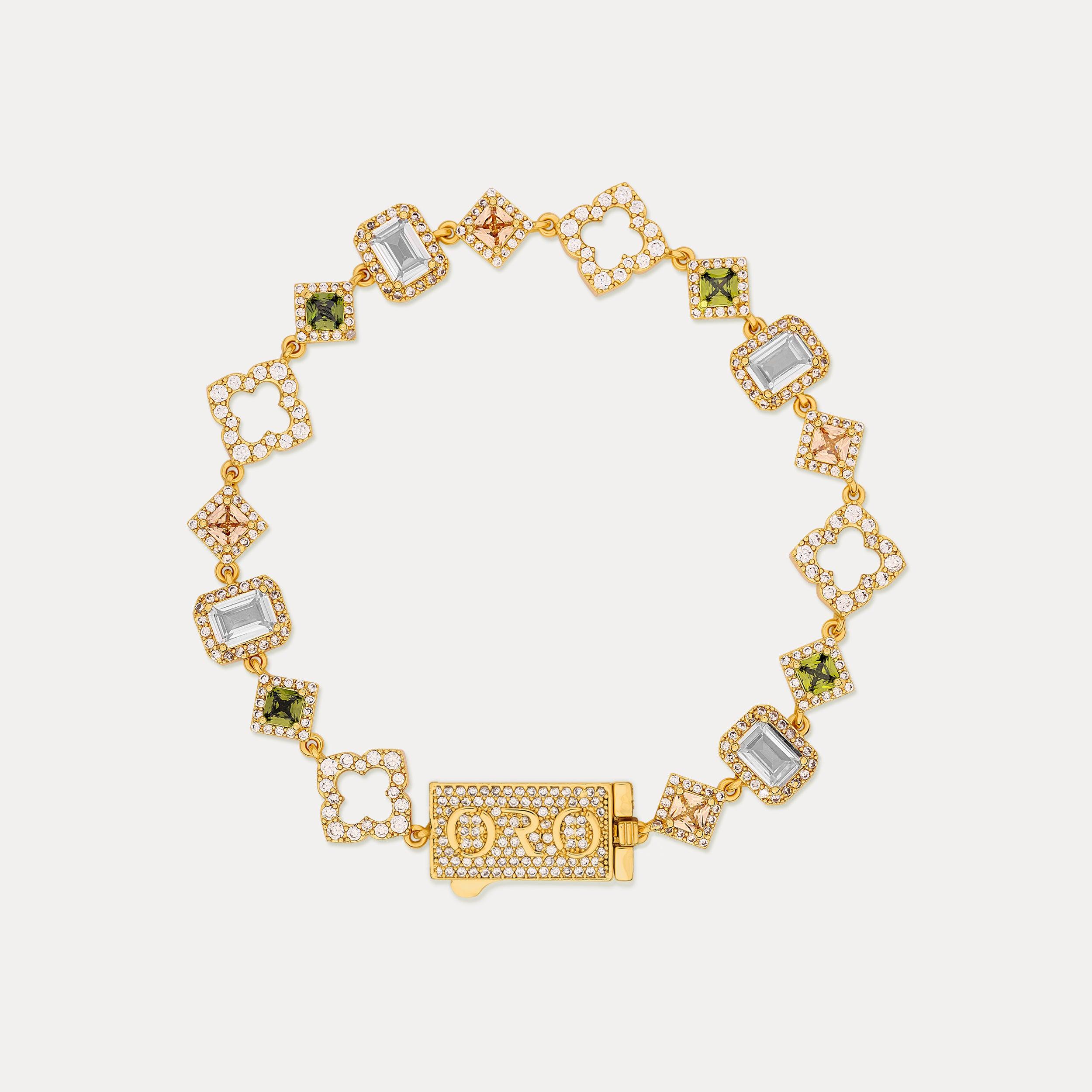


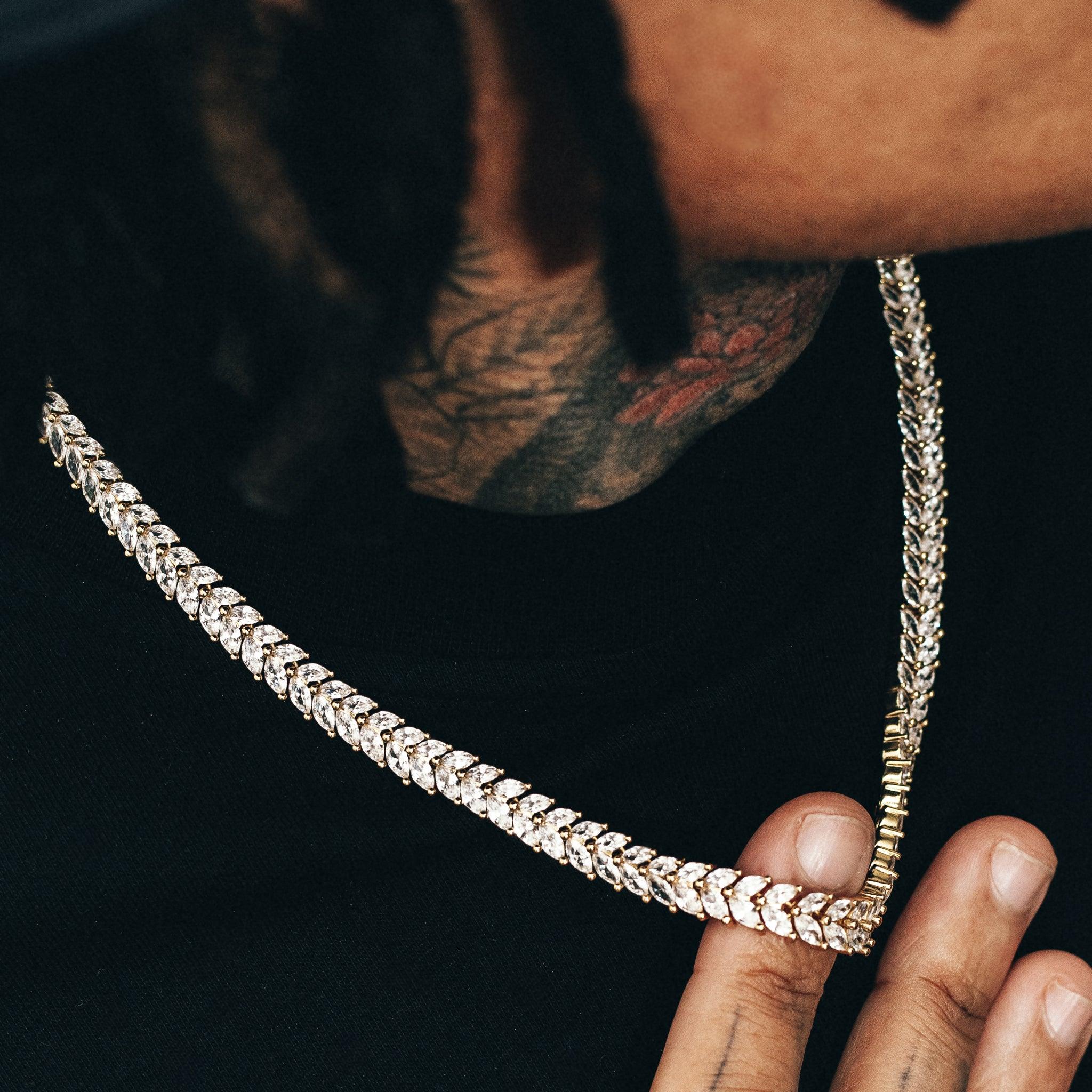
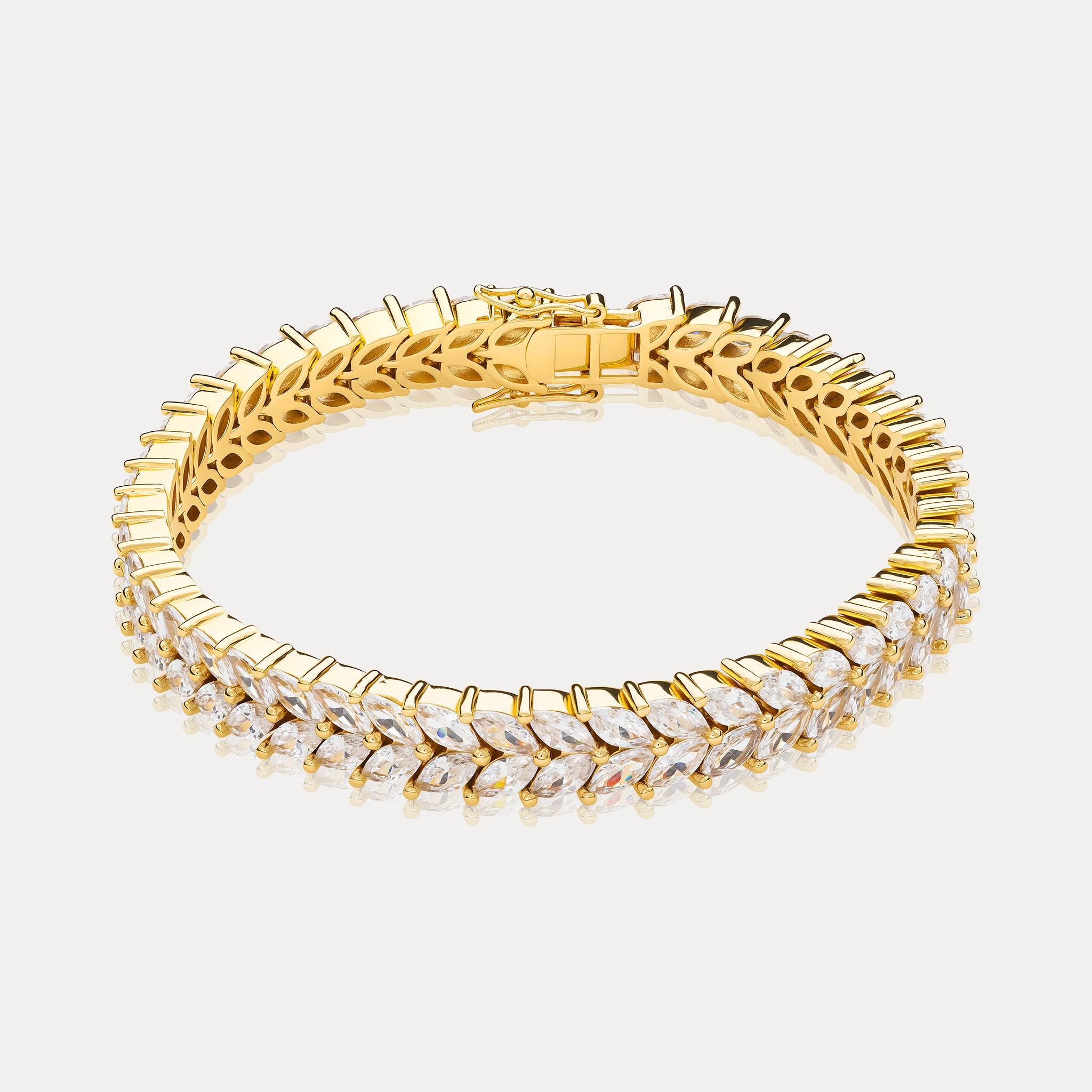
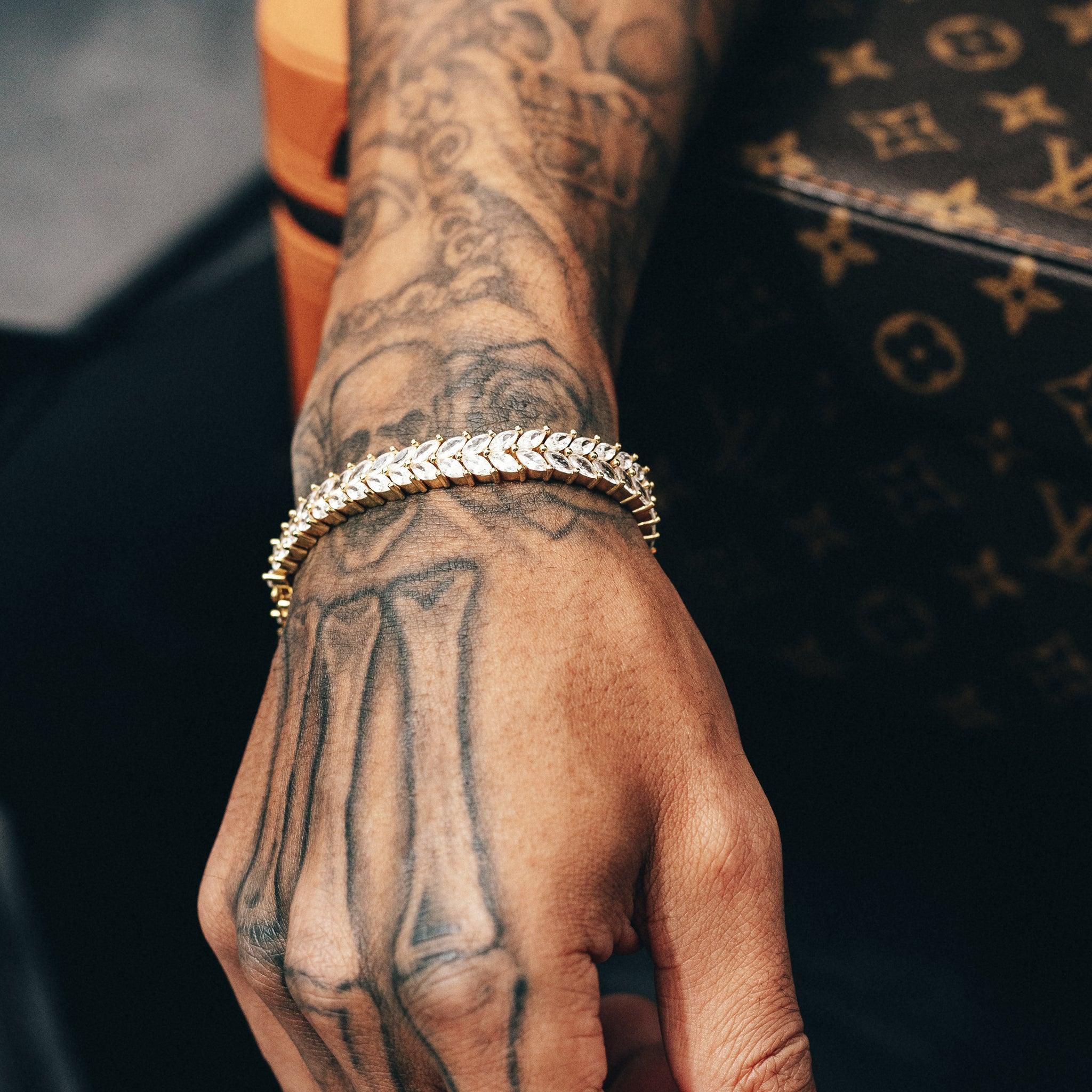

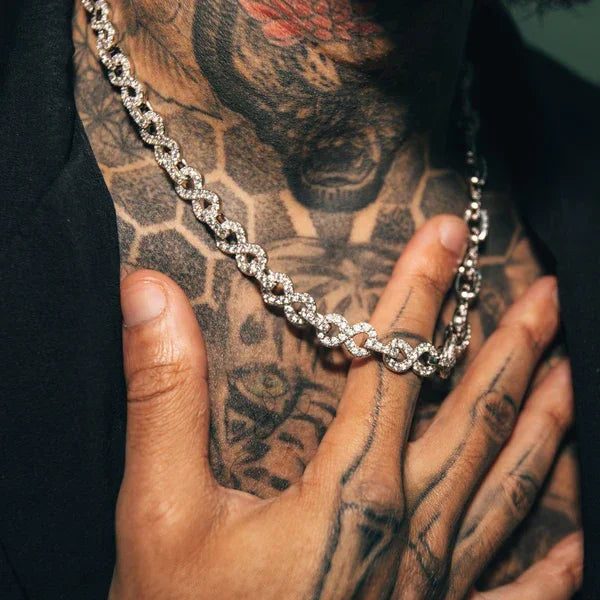
Leave a comment
This site is protected by hCaptcha and the hCaptcha Privacy Policy and Terms of Service apply.